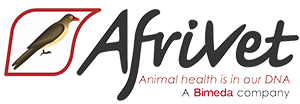

This is Wolboer/Wool Farmer’s veterinary Q&A column, sponsored by Afrivet. Send your questions about animal diseases, biosecurity, and animal health management to
Hierdie is Wolboer/Wool Farmer se veeartsenykundige vraag- en-antwoord-rubriek waarvoor Afrivet sy kundigheid verskaf. As jy vrae het oor dieresiektes en -gesondheid, stuur dit na

QUESTION:
The veterinarian has detected coccidiosis in my herd.
What does that mean?

>> ANSWER:
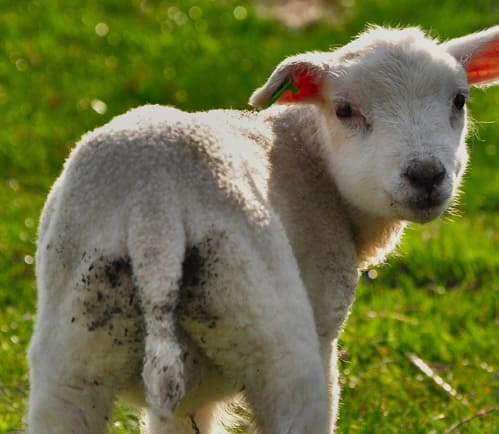
Coccidiosis in sheep is one of the leading causes of diarrhoea in especially younger animals. The effects of the disease can be far- reaching, and it is important to understand the disease to be able to manage it on your farm. Most sheep of all ages will be exposed to coccidial oocysts in their lifetime, and they can develop partial immunity if they continue to be exposed to oocysts over time (at least a month of low-level exposure). High parasite burden can lead to disease, especially in younger animals. Hygiene and good management practices play a major role in preventing the organisms from causing problems in your herd.
HERE ARE A FEW KEY ASPECTS OF COCCIDIOSIS IN SHEEP:
Cause of the disease:
Coccidiosis in sheep is caused by numerous species of coccidia. To date, 13 species have been reported, only two of which are deemed important. There are no intermediate hosts. It can take two to three weeks for oocysts (the form of coccidia that is shed into the environment) to be produced. Oocysts can overwinter in the environment. Different species affect different parts of the intestinal tract.
Symptoms:
- Mostly one- to two-month-old lambs are affected.
- Many lambs will be asymptomatic.
- Severe cases have diarrhoea, with/without blood, straining when defecating, weakness, tiredness, abdominal pain, death.
- Less severe cases have diarrhoea with or without blood, loss of appetite and weight.
- Subclinical cases mainly have pasty faeces and decreased weight gain.
Risk factors:
- Young animals are more susceptible to clinical disease.
- Sheep/lambs kept indoors.
- Overcrowding.
- Pens are not kept clean.
- Animals of different ages grouped together.
- Wet areas around feeding and watering troughs.
- Short grass.
Post-mortem examination findings:
- There could be no lesions present.
- Thickening of the wall of the intestinal tract.
- Pinpoint white spots could be present.
- Haemorrhages could be present.

Diagnosis:
- Clinical signs (diarrhoea in lambs older than four weeks).
- Faecal float.
- Post-mortem examination.
Diseases with similar symptoms:
- Salmonellosis and other bacterial infections.
- Cryptosporidiosis.
- Viruses (rotavirus and coronavirus).
- Intestinal worms.
- Dietary changes.
Treatment:
- Toltrazuril and Diclazuril (oral dose); the treatment might have to be repeated.
- Sulfadimethoxine (oral or injectable) over several days.

Control:
- Good management, which allows animals to be exposed to coccidian oocysts to develop immunity, but not to the extent that they develop clinical signs.
- Do not overgraze pastures.
- Do not overcrowd the areas where animals are kept.
- Clean thoroughly between different animals being kept in an enclosure.
- Desiccation of oocysts occurs at temperatures above 55 °C to 60 °C.
- Prevent faecal contamination of food and water.
- Sulfadimethoxine decreases the number of oocysts that are shed.
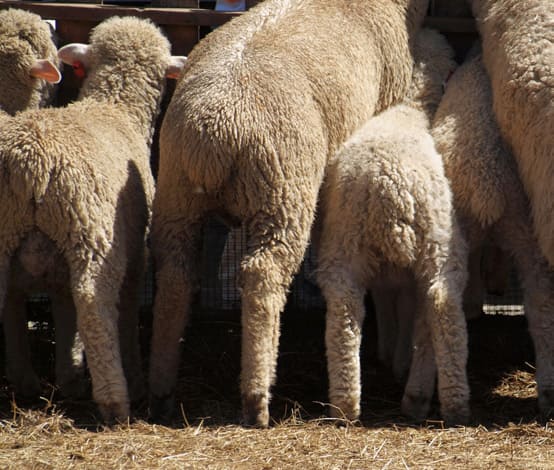
Routine faecal egg count tests that you are already implementing are not just a good way to keep an eye on the roundworm, but also the coccidia and fluke burden in your herd. Oocyst counts over 5 000 oocysts/gram should be investigated further. It is important to remember that the mere presence of coccidian oocysts in your animals’ faeces does not mean that animals will be sick, it must be established which species of coccidia are present.
Speak to your local veterinarian to determine whether the oocyst counts are significant and what would be the best control strategy to match your individual farming enterprise.
Wolboer/Wool Farmer | Vol 11 Nr 1 • 2023
